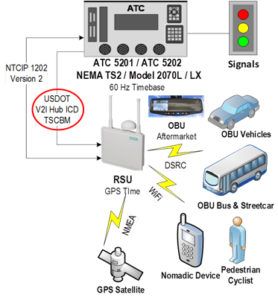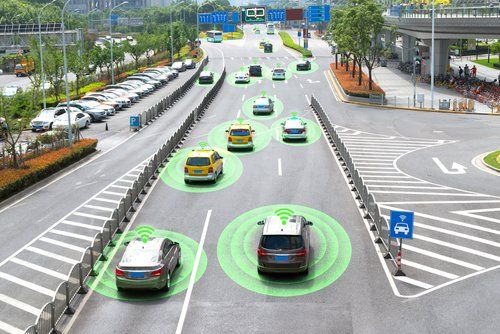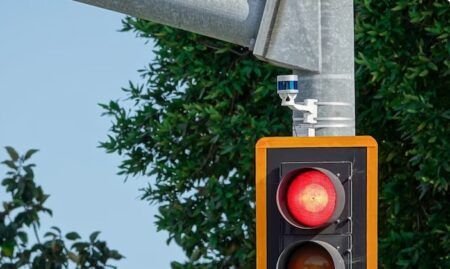Representing nearly 325 electrical equipment and imaging manufacturers across the USA, the National Electrical Manufacturers Association (NEMA) has previewed a new industry Standard that aims to harmonize vehicle-to-infrastructure (V2I) communications technologies.
Presented at the Intelligent Transportation Society of Georgia (ITSGA) Annual Meeting in Athens, Georgia, the new NEMA Standard aims to enable the coexistence of multiple communication technologies between Connected Vehicles (CVs) and roadside infrastructure. Commissioned by the NEMA Transportation Management Systems Section, the new ‘NEMA TS 10 Connected Vehicle Infrastructure-Roadside Equipment’ Standard is a harmonized technical specification for roadside connected vehicle devices. The types of roadside devices covered under the Standard are traffic signals, crosswalk signs, flashing school zone safety beacons, ramp meters, and other electronic traffic control and intelligent transportation systems (ITS) equipment.
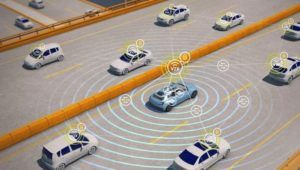 A vital component of the CV ecosystem is the ability for vehicles and the infrastructure to communicate with each other regardless of the type of device or underlying V2X (vehicle-to-everything) technology. With NEMA TS 10, Dedicated Short Range Communications (DSRC) and Cellular Vehicle to Everything (C-V2X) can work together in the same spectrum via a dual-mode or dual active roadside CV device. By creating its new industry-approved Standard, NEMA aims to accelerate the deployment of CV to roadside infrastructure communication systems to help improve road safety. The NEMA Connected Vehicle Infrastructure Technical Committee is currently drafting the Standard and it is expected to be completed by the end of 2019.
A vital component of the CV ecosystem is the ability for vehicles and the infrastructure to communicate with each other regardless of the type of device or underlying V2X (vehicle-to-everything) technology. With NEMA TS 10, Dedicated Short Range Communications (DSRC) and Cellular Vehicle to Everything (C-V2X) can work together in the same spectrum via a dual-mode or dual active roadside CV device. By creating its new industry-approved Standard, NEMA aims to accelerate the deployment of CV to roadside infrastructure communication systems to help improve road safety. The NEMA Connected Vehicle Infrastructure Technical Committee is currently drafting the Standard and it is expected to be completed by the end of 2019.
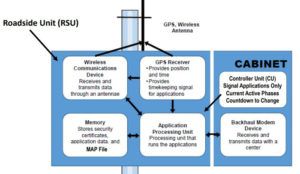 “It’s evident that, for the time being, these technologies will coexist in the marketplace,” said Steve Griffith, NEMA’s transportation industry director during a panel session at the meeting. “NEMA TS 10 will enable user agencies to have confidence in procuring roadside infrastructure equipment that will not become obsolete as communication technology advances. The roadside connected vehicle devices proposed are designed for extensibility and provide the ability to implement future wireless technologies and applications without the need for replacement within the devices expected service life.”
“It’s evident that, for the time being, these technologies will coexist in the marketplace,” said Steve Griffith, NEMA’s transportation industry director during a panel session at the meeting. “NEMA TS 10 will enable user agencies to have confidence in procuring roadside infrastructure equipment that will not become obsolete as communication technology advances. The roadside connected vehicle devices proposed are designed for extensibility and provide the ability to implement future wireless technologies and applications without the need for replacement within the devices expected service life.” 